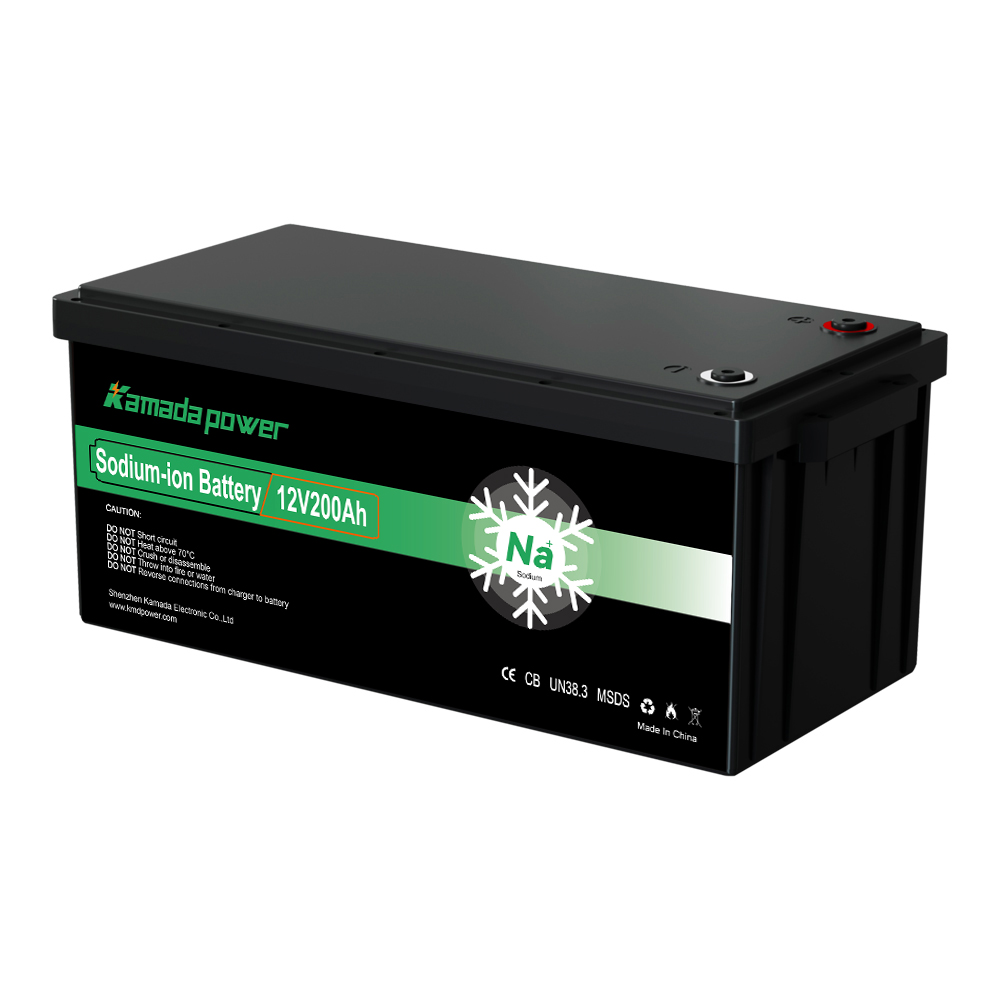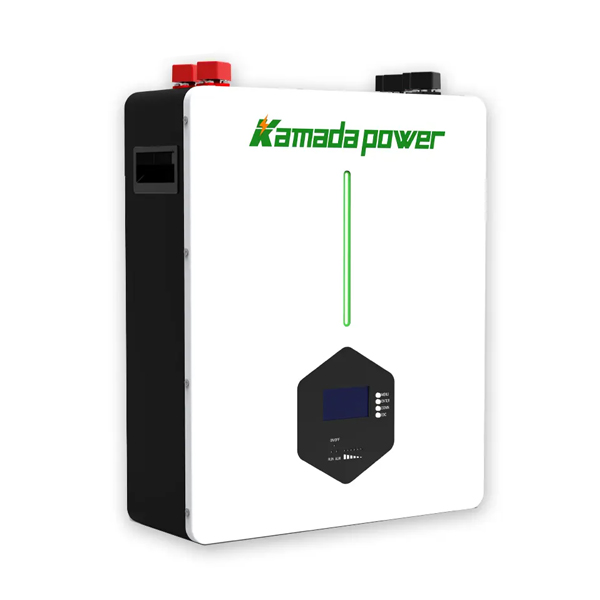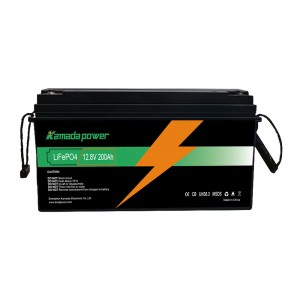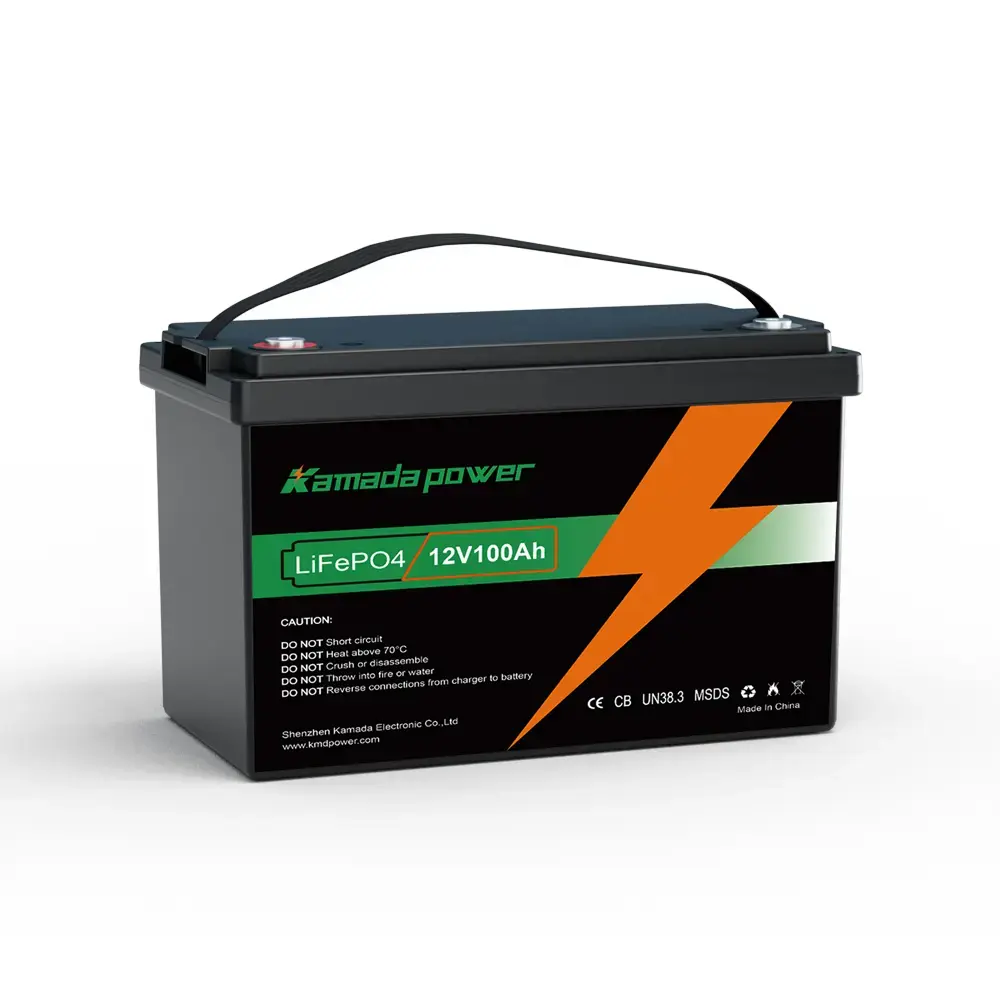You’re dreaming of cool comfort powered by batteries, perhaps in your RV, van, or during a power outage, and wondering: how long will a 200Ah battery run an air conditioner? Let’s be upfront: AC units are absolute power hogs. While a 200Ah battery might technically run an air conditioner, the duration is often surprisingly short.
For a small, highly efficient unit in mild conditions, you pourrait get 1-3 hours, but for typical RV ACs or larger units, it could be significantly less – maybe under an hour. Why the huge range? Because running an AC on batteries involves many critical variables. This guide will break down those factors to help you understand the reality and estimate the run time for your specific setup. Forget simple answers; let’s dive into the calculations needed for battery powered air conditioner use.
Understanding Your 200Ah Battery Energy Storage
First, let’s quantify the energy in your battery.
Converting 200Ah to Watt-Hours (Wh)
A battery rated at 200Ah (Amp Hours) theoretically delivers 20 Amps for 10 hours, or 10 Amps for 20 hours, at its nominal voltage. However, Watt-Hours (Wh) give a truer measure of total stored energy (Wh = Volts x Ah). Most users considering this setup use 12V systems, often with Lithium Iron Phosphate (LiFePO4) batteries having a nominal voltage around 12.8V.
So, a 200Ah battery capacity in a 12V LiFePO4 system holds roughly: 12.8V * 200Ah = 2560 Wh This battery Wh figure is crucial for our calculations. (Note: A 24V system would store double the energy at 5120 Wh).
Why Battery Type Matters: Lithium (LiFePO4) vs. Lead-Acid
The type of 200Ah battery you have dramatically impacts the actual usable energy available for your air conditioner. Here’s a comparison highlighting the key difference:
| Fonctionnalité | Lead-Acid (Flooded, AGM, Gel) | Lithium (LiFePO4) |
|---|---|---|
| Capacité nominale | 200Ah / ~2560 Wh | 200Ah / ~2560 Wh |
| Recommended Max DoD¹ | ~50% | ~90% – 100% |
| Approx. Usable Energy² | ~1280 Wh | ~2300 Wh – 2560 Wh |
| Suitability for AC | Less Ideal (Lower Usable Wh) | Much Better (Higher Usable Wh) |
¹ Depth of Discharge (DoD): The percentage of the battery’s total capacity that is used. ² Calculated based on 2560 Wh nominal capacity and recommended Max DoD.
As the table clearly shows, a lithium battery for AC kamada power 12v 200ah lifepo4 battery provides significantly more usable energy (nearly double in many cases) from the same 200Ah rating compared to traditional lead-acid types. This makes LiFePO4 far more suitable for powering high-drain appliances like air conditioners, resulting in much longer LiFePO4 200Ah run times.
Can Your Battery Handle the High Current Draw? (C-Rating)
Air conditioners draw a lot of current (Amps), especially during startup. Your battery needs a sufficient continuous discharge rating (often expressed as a C-rate) to supply this current without excessive voltage drop or triggering its internal protection (BMS). Check your battery’s maximum continuous discharge specs.
Decoding Your Air Conditioner’s Power Hunger
Now, let’s look at the energy consumer: the AC unit itself.
Finding the Power Consumption: Watts or BTU?
You need to know how much power your AC uses. Look for a specification label on the unit or check the manual. This might list power consumption directly in Watts (W). Alternatively, it might list cooling capacity in BTU (British Thermal Units). While BTU measures cooling power, not electrical draw directly, higher BTU units generally use more electricity. Efficiency ratings like EER or SEER can help relate BTU to AC Watts consumption – a higher rating means less power used per BTU of cooling. If only BTU is listed, you may need to find the Watt rating online or use a meter to measure actual consumption.
The Killer: Startup Surge Current (Locked Rotor Amps – LRA)
This is a critical, often overlooked factor. When an AC compressor motor starts, it briefly draws a massive amount of current – far higher than its normal running current. This is the AC startup surge current, sometimes listed as LRA (Locked Rotor Amps) . This surge can be 3-8 times the running amps. Your inverter (and potentially the battery’s BMS) doit be able to handle this momentary spike.
Continuous Running Watts vs. Duty Cycle
Once started, the AC compressor runs using its “continuous running watts.” However, an AC cycles on and off to maintain temperature. The percentage of time it’s actively cooling is its “duty cycle.” The average power draw is: Average Watts = Running Watts * Duty Cycle % Le AC amps draw follows the same logic. Duty cycle depends heavily on temperature difference, insulation, sun exposure, and thermostat setting, potentially ranging from 30% to 100%.
Don’t Forget the Inverter! (The Middleman)
You can’t directly connect a standard AC unit to a battery.
Why You Need an Inverter (DC to AC)
Batteries supply Direct Current (DC). Most air conditioners need standard household Alternating Current (AC). An inverter converts the battery’s DC voltage (e.g., 12V) into AC voltage (e.g., 120V).
Inverter Sizing: Handling Continuous Load and Startup Surge
Choosing the right inverter is crucial. It must handle both:
- The AC’s continuous running watts.
- The much higher AC startup surge current. Using a high-quality pure sine wave inverter and significantly oversizing it (e.g., 2000W-3000W for a 600-1000W AC) is highly recommended.
Inverter Efficiency Loss: Stealing Your Power
Inverters consume power themselves, typically operating at 85-95% efficiency. This inverter efficiency loss means you draw plus DC power from the battery than the AC unit uses. A 90% efficient inverter running a 500W AC actually draws about 500W / 0.90 ≈ 555W from the battery. Factor this in!
Calculating the Estimated AC Run Time on 200Ah
Let’s combine these elements.
Step 1: Calculate AC Power Draw from Battery (Average DC Watts)
Average DC Watts = (AC Running Watts / Inverter Efficiency) * Duty Cycle % (Use decimals for efficiency and duty cycle, e.g., 90% = 0.90, 50% = 0.50)
Step 2: Calculate Run Time (Hours)
Estimated Run Time (hours) = Battery Usable Wh / Average DC Watts from Battery
Worked Example (Using Realistic Numbers)
Let’s calculate battery run time AC for a scenario:
- Batterie: 200Ah 12V LiFePO4 (Usable ≈ 2300 Wh)
- AC Unit: Small window unit (Runs at 500 Watts)
- Onduleur: 90% efficient (0.90)
- Duty Cycle: Estimated 50% (0.50)
- Calculate Average DC Draw:
Avg DC Watts = (500 W / 0.90) * 0.50 ≈ 555 W * 0.50 ≈ 278 Watts - Calculate Run Time:
Run Time = 2300 Wh / 278 W ≈ 8.27 hours
Reality Check: If that same AC ran at an 80% duty cycle (hot day), the run time drops to ~5.2 hours. If using a 200Ah Lead-Acid battery (~1280 Wh usable), the initial run time would only be ~4.6 hours. This highlights how critical details are.
Critical Factors Influencing Real-World Run Time
Your actual mileage will vary based on:
- AC Size & Efficiency (BTU, EER/SEER)
- Temperature Difference (Outside vs. Inside)
- Insulation Quality & Air Leaks
- Direct Sunlight Exposure
- Battery Age & Health
Is 200Ah Enough? Strategies & Alternatives
Managing Expectations: Short Runtimes are Likely
For most standard ACs, especially RV rooftop units (1000W+), a 200Ah battery provides very limited run time, often insufficient for overnight use.
Using Smaller / More Efficient AC Units (DC Air Conditioners?)
Consider small window units (5000-6000 BTU) or hyper-energy efficient air conditioner models. Native DC air conditioners avoid inverter losses but can be expensive.
Increasing Battery Bank Size
Running AC off-grid reliably often requires a much larger battery bank size for AC, frequently 400Ah, 600Ah, or more.
Adding Solar Power Input
Integrating solar power is often essential. Sufficient panel wattage can power the AC during the day and/or recharge batteries, making a solar power air conditioner setup more viable.
Conclusion
While a Batterie 12V 200Ah can technically run an air conditioner, the duration is often impractically short due to high watts consumption, significant startup surge current, and unavoidable inverter efficiency losses. Using a lithium (LiFePO4) battery is highly recommended for its superior usable capacity.
Accurately estimating run time requires careful calculation based on your specific AC specs, duty cycle, inverter efficiency, and battery’s usable Wh. For sustained off-grid cooling, you’ll likely need a highly efficient AC, a significantly larger battery bank (400Ah+), and potentially substantial solar input. Plan realistically!
Need help custom 12v lithium battery powerful enough for your AC needs? Explore our high-capacity 12V LiFePO4 batteries or consult with our kamada power lithium battery experts today! nous contacter







